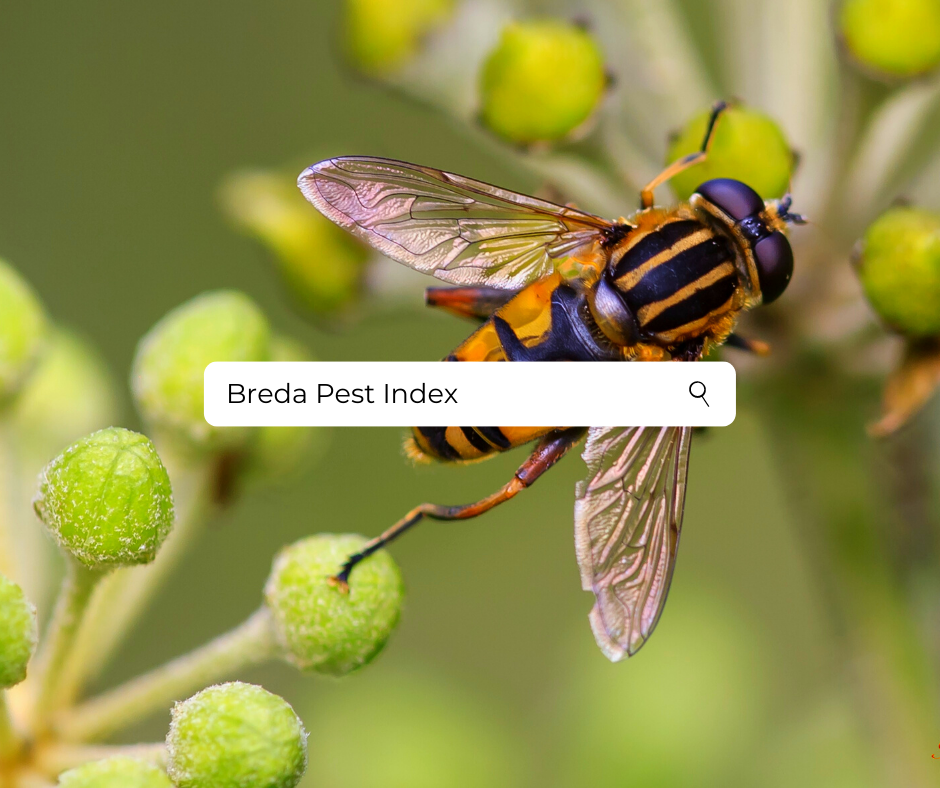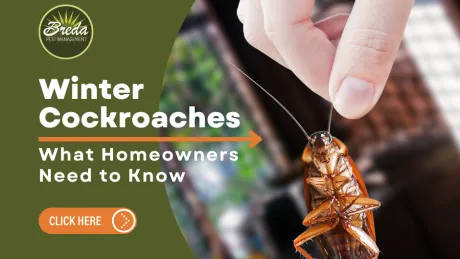
Breda's proprietary Pest Index provides real-time updates on pest activity, based on three factors:

Humidity (Intensity Scale: 1-3)
Excess moisture provides a water source for smaller pests like termites and silverfish, and these smaller pests are a food source for larger insects such as house centipedes... the food chain goes on. Eliminating moisture at the source — by insulating pipes, using a dehumidifier, and closing off cracks — make your home a less inviting space for pests. As humidity rises, so does the pest index for water-loving critters. Breda offers a variety of pest control services for handling these critters.

Temperature (Intensity Scale: 1-4)
A drop in temperature in the winter affects different pests in different ways. It can send insects into hibernative states outdoors or rodents scrambling to find shelter in our homes. Meanwhile, rising spring temperatures encourage these pests to come out of hiding, and soaring summer heat allows insects like mosquitoes to undergo full life cycles even faster, driving up their populations in our yards.

Weather (Intensity Scale: 1-10)
Weather events such as storms can disrupt animal habitats and send pests in search of shelter. That is why heavy rains often drive pests into our homes.
The higher the number on the Index, the more bugs and other pests you may see around your home and yard.
This week, we're at an 9.5 out of 17 on the Pest Index.
Humidity is average for this month, so the intensity is at a 1.5 out of 3.
Temperature is <10 degrees above average for this month, so the intensity is at a 3 out of 4.
Weather events are at average levels for this month, so the intensity is at a 5 out of 10.
Active Pests: Cockroaches, Mosquitoes, Spiders
Also look for: Millipedes
Roaches, mosquitoes, and spiders are pests to watch out for as we kick off yet another Georgia fall!
Fun fact: Spiders are year-round pests but are more noticeable in the fall for one of two reasons: 1) You may not have noticed the tiny baby spiders when they were born in the spring, but they're full-grown adults now, or 2) Fall is peak mating season for spiders, so they are more active and searching for mates.


